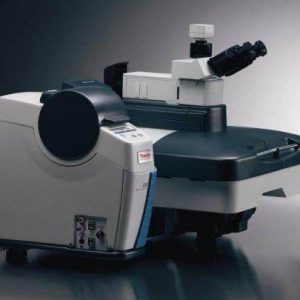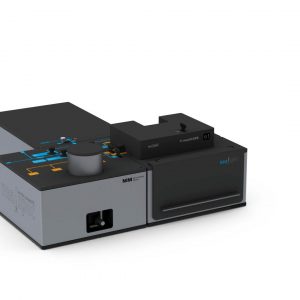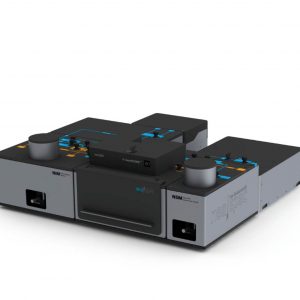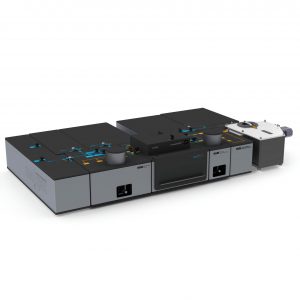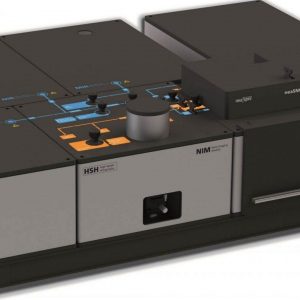- Application description
- Raman spectroscopy
- SNOM
The first application to evaluate biochemical changes in malignancies treated by immunotherapy using Raman spectroscopy (Nature publication to download here) was developed by a research team from the University of Arkansas.
Immunotherapy, unlike other therapeutic approaches, does not always lead to immediate and predictable suppression of tumor growth. There is also currently no reliable way to evaluate a patient’s response to treatment. At the same time, only a small proportion of patients respond to treatment and a large number of selected immunosuppressants have serious side effects.
Raman spectroscopy is a fast, non-destructive and reliable method of analysis that does not require any labeling of molecules. It is a powerful tool that can improve diagnostic accuracy through deep insight into the biochemical changes that occur in cancer tissue.
In this pilot study, Raman spectroscopic imaging was used to diagnose and classify chondrogenic tumors, including advanced enchondromas and chondrosarcomas.
Raman spectroscopy techniques
Raman spectroscopy was used here to evaluate the molecular composition of colon cancer tumors in mice treated with two types of immunotherapeutic drugs that are now used in clinical treatment.
Hundreds of Raman spectra of these tumors treated with various immunotherapeutic procedures were measured, which were then used as input data for machine learning algorithms.
The data from each tumor were then compared to all available data to see if there was a difference between tumors that received different forms of immunotherapy and tumors that remained untreated. It was found that the method is able to detect even early forms of tumors.
Cancer diagnosis using Raman spectroscopy
Cancer diagnosis has long been one of the most difficult tasks in medicine, and it is Raman spectroscopy that is becoming increasingly important in detecting the chemical composition of tissues and cells as new non-invasive procedures are developed or old ones are improved.
Raman spectroscopy has revealed pathological abnormalities in bone matrix components and is also used to analyze common bone biochemical characteristics. These changes include modifications in the breakdown of phosphates, carbonates and collagen, as well as spectral modifications in bone metastases caused by prostate or breast cancer.
The formation of calcifications was also confirmed by topographic analysis, which is consistent with the histological morphology of cartilaginous tumors, which usually reveal amorphous calcium deposits and ossification. In rare cases, excessive bone development can lead to misdiagnosis of osteosarcoma.
Even in this case, Raman spectroscopy has proven to be a powerful diagnostic tool.
Proline detection by Raman spectroscopy
Proline is an essential amino acid for collagen production. The degree of malignancy seems to be closely linked to the numerous biochemical processes, such as the collagen breakdown, which is the source of the increased proline content, cell proliferation or variable biochemical composition of non-collagenous proteins with respect to proteoglycan content.
These processes are another argument for the versatile use of Raman spectroscopy in this field.
